Rising Healthcare Expenditure
Germany's healthcare expenditure has been on an upward trajectory, which significantly impacts the neurorehabilitation devices market. In 2025, healthcare spending is expected to reach around €500 billion, reflecting a commitment to improving health services and patient care. This increase in funding allows for the adoption of advanced neurorehabilitation technologies, enhancing the quality of care provided to patients. Furthermore, the German government has been investing in healthcare infrastructure, which includes the procurement of innovative rehabilitation devices. As healthcare budgets expand, there is a growing emphasis on integrating cutting-edge neurorehabilitation devices into treatment protocols, thereby driving market growth.
Supportive Regulatory Environment
The regulatory environment in Germany is becoming increasingly supportive of innovations in the neurorehabilitation devices market. The German Medicines Agency has streamlined the approval process for new rehabilitation technologies, encouraging manufacturers to bring their products to market more efficiently. This regulatory support is crucial for fostering innovation and ensuring that patients have access to the latest advancements in neurorehabilitation. As a result, companies are more likely to invest in research and development, leading to a wider array of devices available for clinical use. The favorable regulatory landscape is expected to stimulate market growth and enhance competition among manufacturers.
Growing Awareness of Neurorehabilitation Benefits
There is a growing awareness among healthcare professionals and patients regarding the benefits of neurorehabilitation, which is positively influencing the neurorehabilitation devices market. Educational initiatives and campaigns in Germany have highlighted the importance of early intervention and continuous rehabilitation for neurological conditions. This increased awareness is leading to higher patient referrals for rehabilitation services, thereby driving demand for specialized devices. As more patients seek neurorehabilitation, healthcare providers are compelled to invest in advanced devices that can facilitate effective treatment. This trend suggests a promising outlook for the market as awareness continues to expand.
Technological Integration in Rehabilitation Practices
The integration of technology into rehabilitation practices is transforming the neurorehabilitation devices market. Innovations such as virtual reality, robotics, and artificial intelligence are being increasingly utilized to enhance patient engagement and recovery outcomes. In Germany, the adoption of these technologies is gaining momentum, with a reported increase of 25% in the use of robotic-assisted rehabilitation devices in clinical settings over the past two years. This trend indicates a shift towards more interactive and effective rehabilitation methods, which are likely to improve patient adherence and motivation. As healthcare providers recognize the benefits of these technologies, the demand for advanced neurorehabilitation devices is expected to rise.
Aging Population and Increased Incidence of Neurological Disorders
The aging population in Germany is a critical driver for the neurorehabilitation devices market. As the demographic shifts towards an older age group, the prevalence of neurological disorders such as stroke, Parkinson's disease, and multiple sclerosis is expected to rise. According to recent statistics, approximately 30% of the population is projected to be over 65 years by 2030, leading to a higher demand for rehabilitation solutions. This demographic trend necessitates innovative neurorehabilitation devices that cater to the specific needs of elderly patients. The increasing incidence of these disorders creates a substantial market opportunity for manufacturers and healthcare providers, as they seek to develop effective rehabilitation strategies to improve patient outcomes.


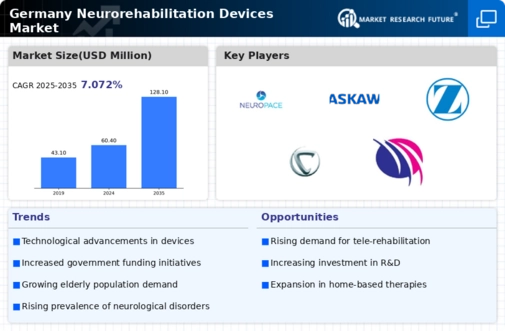
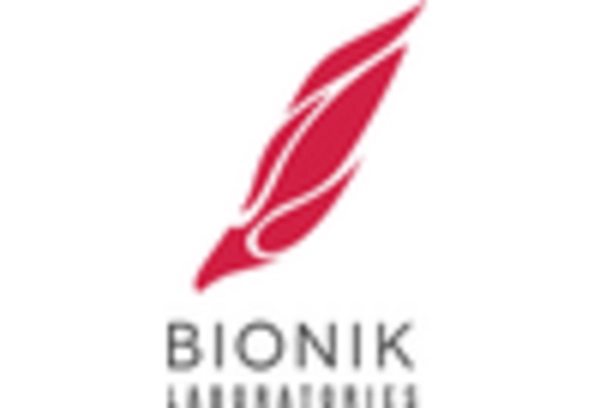
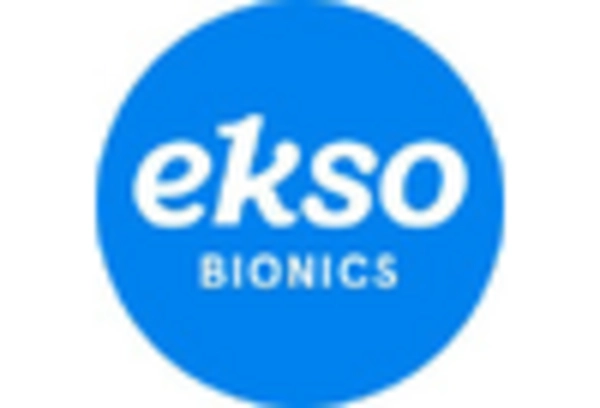
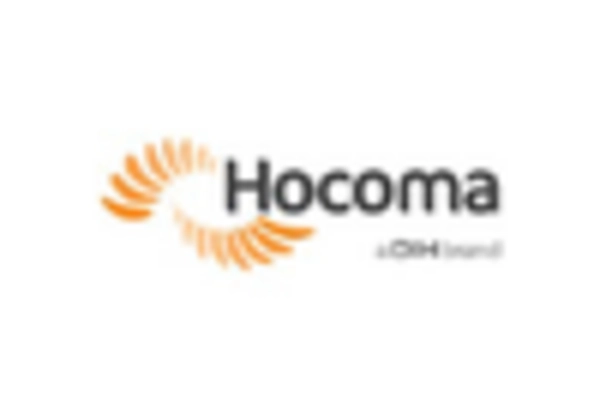

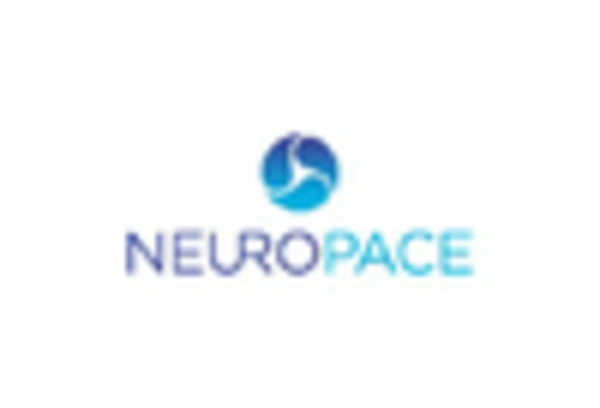









Leave a Comment